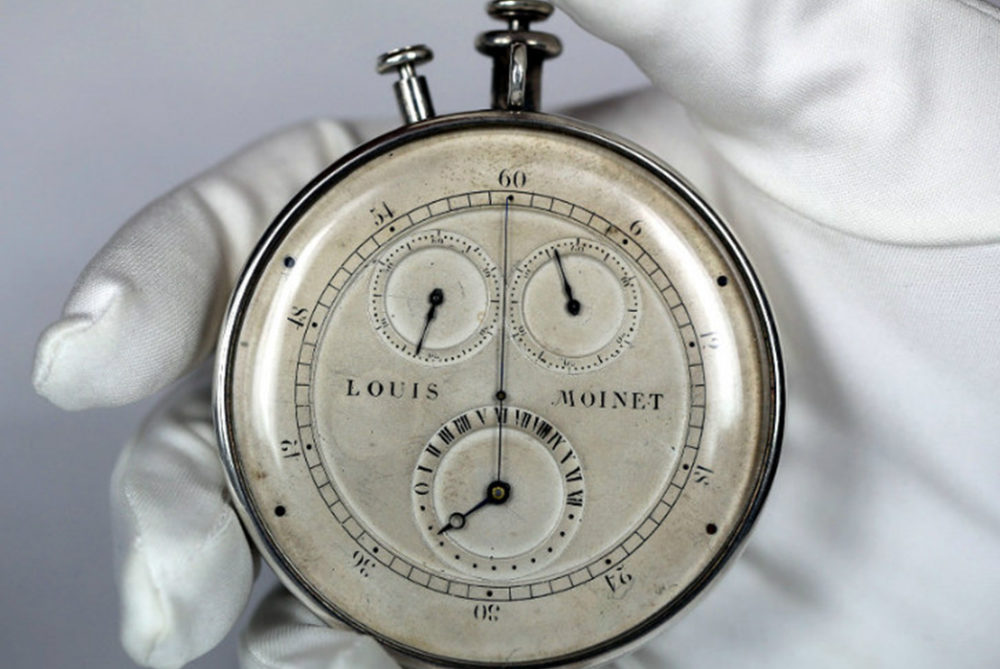
[1] Louis Monet’s 1816 Chronograph
Chronograph is derived from the Greek words “Chronos” – the personification of time and “graph” – to write. The term is used to define a type of watches that differentiate themselves from others in terms of their functionality which typically is a combination of a stopwatch and a regular timekeeping watch. It is an Aesthetic that was created by French Watch maker, Louis Monet in 1816. Typically made to cater as an astrological equipment, this chronograph could measure time up to 1/60th of a second.
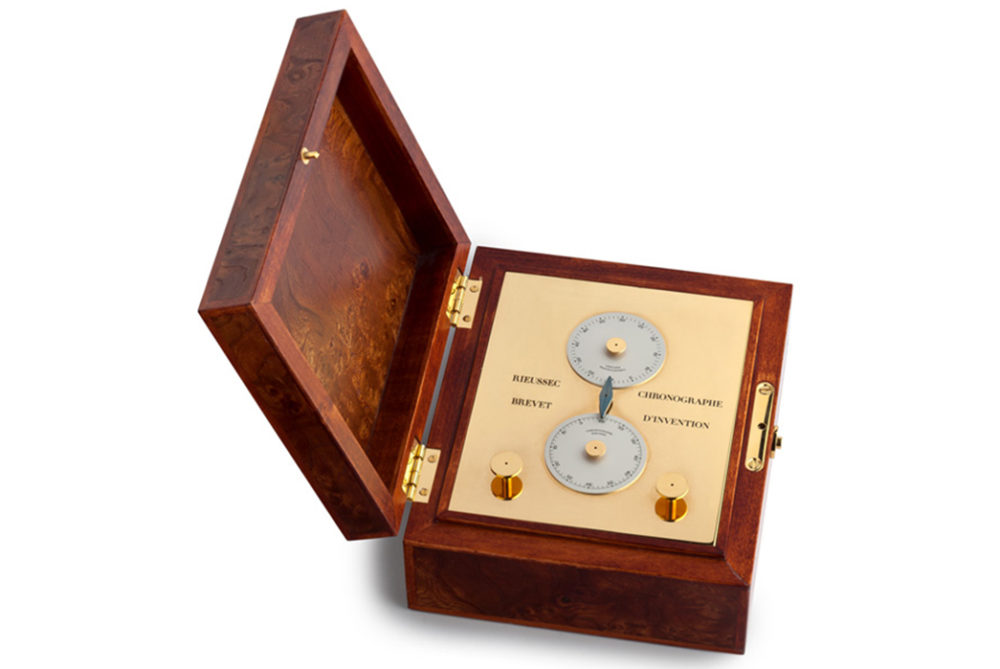
[2] Rieussec’s 1821 Chronograph
Following the first ever chronograph ever made by Monet, the first ever used timepiece was made by Nicholas Mathieu Rieussec, watchmaker of the French King Louis XVII. This chronograph as seen consisted of two faces, with one face using the kinetic energy of the chronographs movement to move a small inked needle. Eventually with time, the need for chronographs started changing. As compared to the earlier needs for astrological prediction or military strikes, chronographs became an indispensable part of sports. Athletes heavily relied on chronographs for constant training and improvement. This helped them keep a track of their own benchmarks.
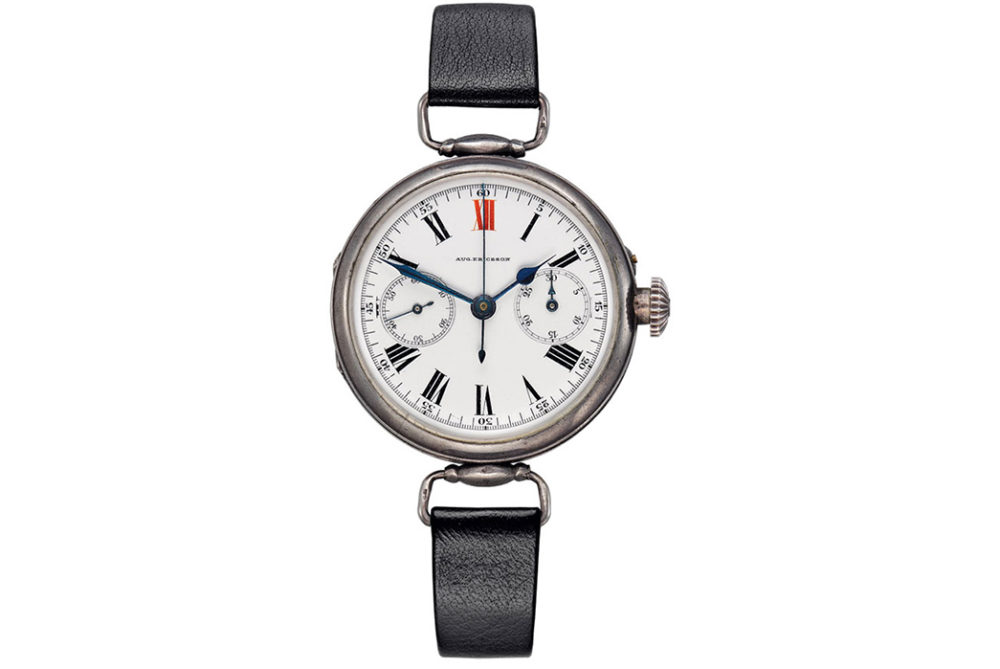
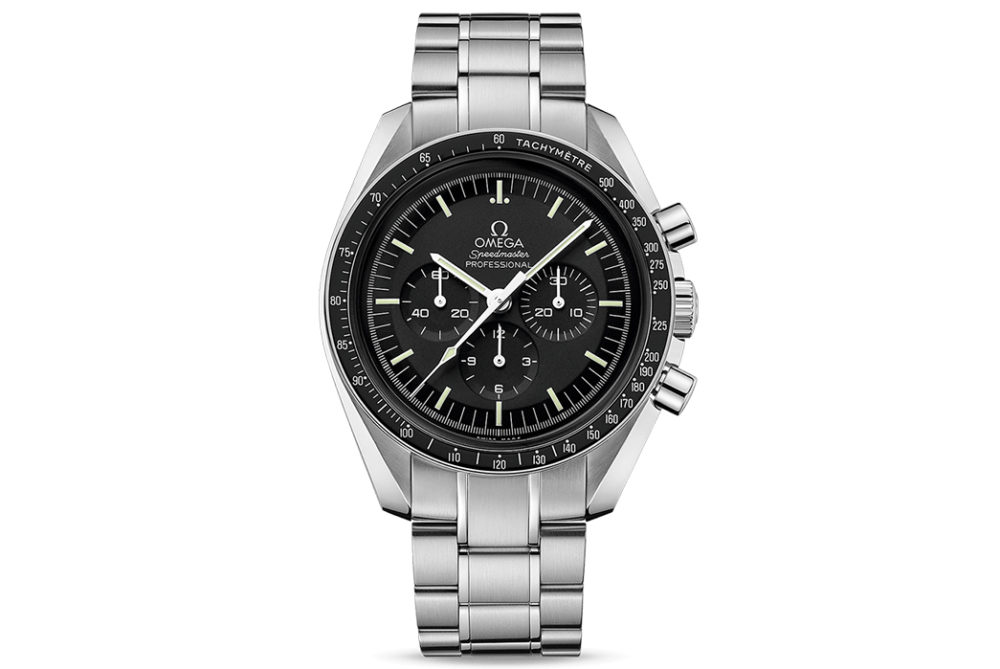
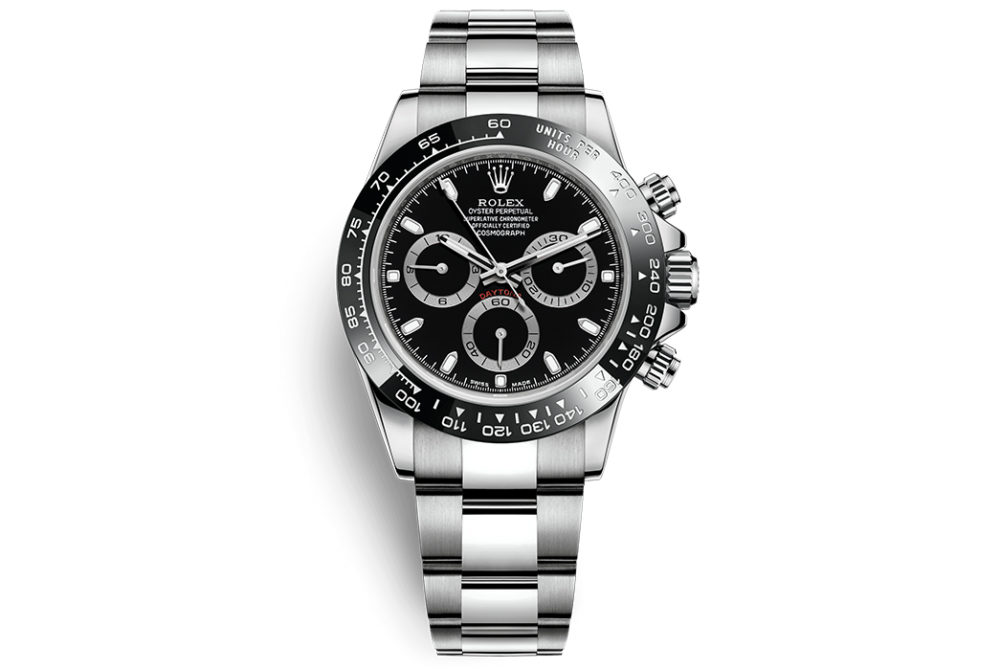
With modern age needs, chronograph started taking a new shape and it was not restricted to only a group of people but it also intrigued many fashion lovers. As seen in the pictures, the leading world watch manufacturers started building a chronograph of their own to make it not only a style statement but their own signature in the market. The function of a chronograph is very simple, it consists of two push buttons on the side apart from the regular watch setting knob. To start the stopwatch, the top button is pressed once, and the lower button lets you lap the time. To stop the watch, the top button is triggered again. The small faces on the dial generally represent seconds, minutes and hours.
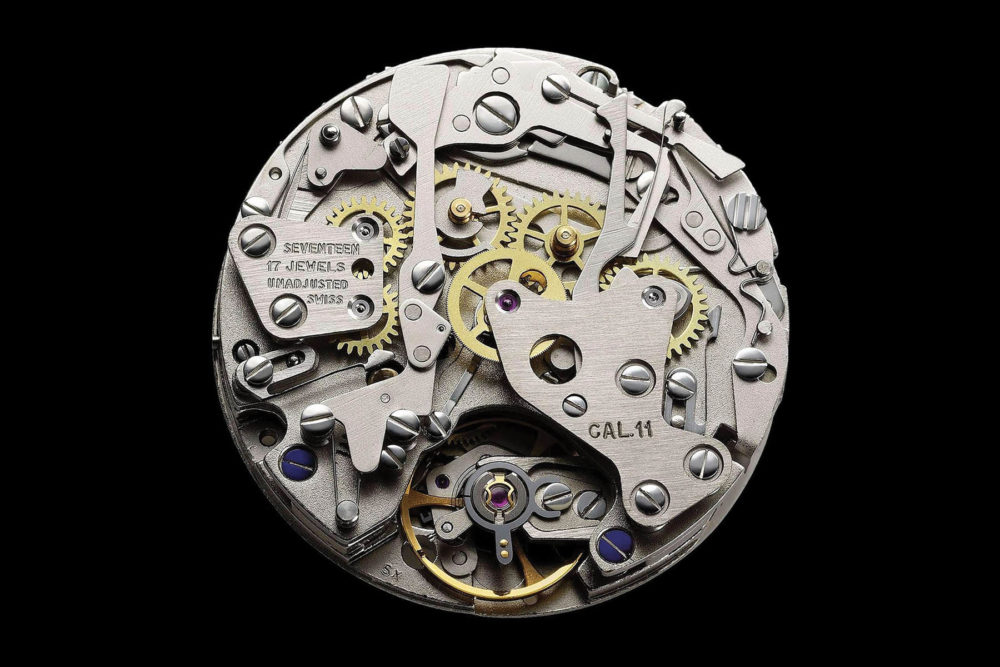
With technological improvements going around all the sectors, it was bound to hit the chronograph industry as well. Moving from the old mechanisms to gears, chronographs have advanced from being manual to being automatic. The watch shown above just gives you an insight on how a chronograph looks from the inside. With it’s great usability and functionality, we have to wait and watch as to where these watches advance and how they compete with the upcoming watch generation.
Sources :
https://en.wikipedia.org/wiki/Chronograph
https://www.gentlemansgazette.com/chronograph-explained/

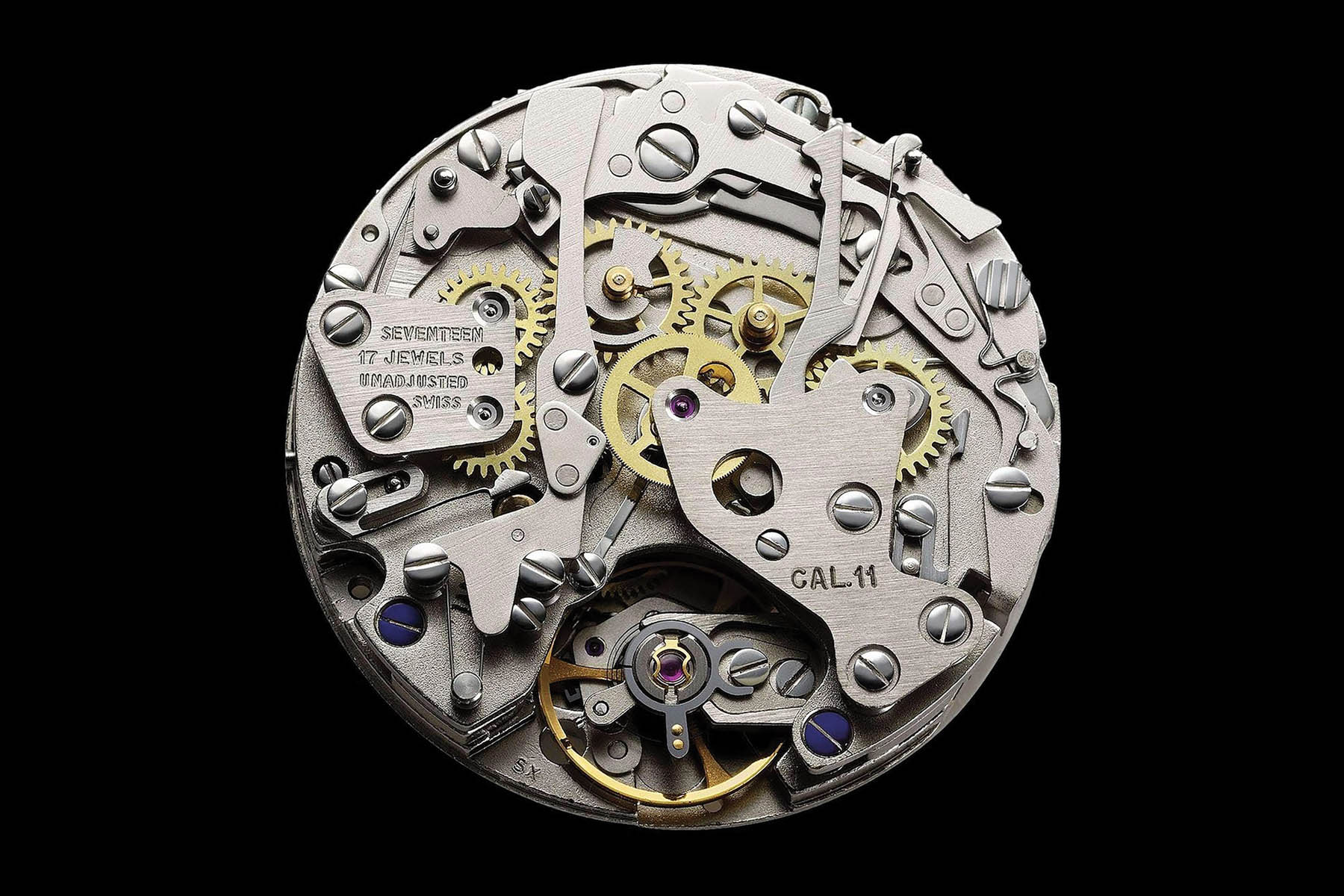
2 Comments. Leave new
Sarthak- great choice for your aesthetic exploration. The aesthetic of chronographs is one of the most intricate and precise forms of engineering, and I agree that its movement is ever-evolving and we can only see where it heads towards next, given time is one of the most valuable, if not most valuable thing in our lives. Your post gives a great deal of detail in regards with the history of Chronograph as well, which was quite insightful. Given my own interest in watches, I must ask: have looked into Tourbillon watches? And if so, what are your thoughts on them? I first got took note of them when I noticed Nadal wearing one, costing around half a million dollars whenever he played in his matches. The intricacy behind that timepiece made me design a replica of a tourbillon watch for my high school senior projects, taking countless hours understanding all the mechanics behind such an intricate piece.
Thanks for your post. I also enjoy this aesthetic and find chronographs beautiful and fascinating. The engineering and high precision machining truly make them an art form. I guess that is why we see wrist watches being sold for millions of dollars. There are so many different styles of watches nowadays that it has truly become a fashion statement. Thanks for including so much information on their history. I thought your point on the use in sports was interesting and it made me realize that many sports heavily rely on time. I have two questions for you: When did wrist watches become popular (it seems like early on chronograph watches were more of pocket watches)? With the increasing popularity in smart watches, do you think the market for these mechanical watches will be reduced in the future?